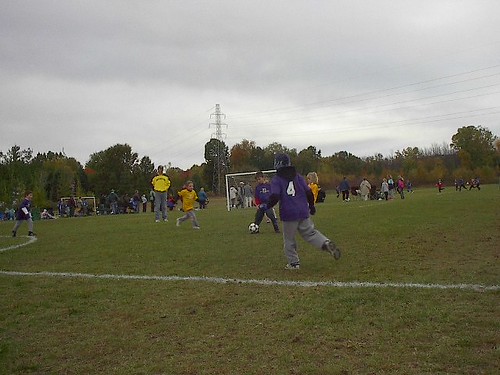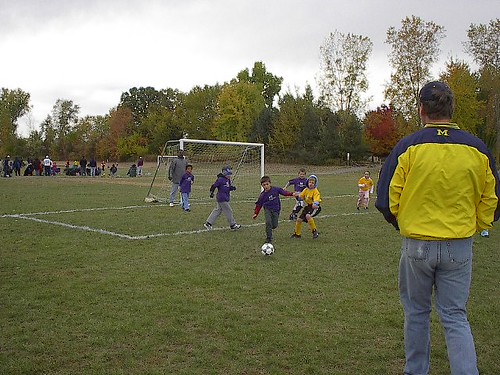I noticed this morning that the CHE has an article in the online portion called “Lectures on the Go: As more colleges use ‘coursecasting,’ professors are split on its place in teaching.” I don’t subscribe to the CHE, so I’ll try to see if I can snag this article from the copy in the English department (unless someone wants to email this to me– wink-wink, nod-nod….)
It’s funny how these things work. My CCCC’s proposal this year is tentatively titled “Broadcast Composition: Using Podcasts to Build Community and Connections in Online Writing Classes,” and back in April, it seemed like a pretty original idea. I suppose it still is, relatively speaking. But now it’s “mainstream” enough to be in the CHE, and I mentioned an article that appeared in the Ann Arbor News about podcasting in the U of M dental school a while back.
In a way, this is starting to remind me of one of my first big conference presentations at NCTE in 1994. Like the CCCCs, NCTE (this was the conference they hold in November) proposals are due almost a year in advance. A grad school buddy of mine, John Clark, and I had a presentation proposal accepted about how to use Gopher in the classroom. Remember Gopher? Yeah, those were the days…. Anyway, we had heard of this new-fangled “World Wide Web” thing, but in early 1994, there literally wasn’t anything there yet. But by the time the NCTE rolled around, nobody was interested in Gopher anymore.
Anyway, I’m not sure if podcasting will be everywhere by next March or not. I have been using audio files to supplement my notes for some reading materials for my online class, and I think it has worked out quite well. But they aren’t “podcasts” per se; they’re just audio files that are loaded on the CMS shell. Actually, eCollege would support streaming audio, but it’s easier for me to just record the audio and upload it myself.
I did figure out how to do a “low-fi” version of podcasting, though. I’m not going to go into it right now, but a blogger account, a few cellphone calls to audioblogger, an RSS 2.0 set-up from feedburner, and a visit to iTunes and I’ve got a podcast. Even if it is just me saying “testing testing, testing again, testing 1-2-3” so far…




